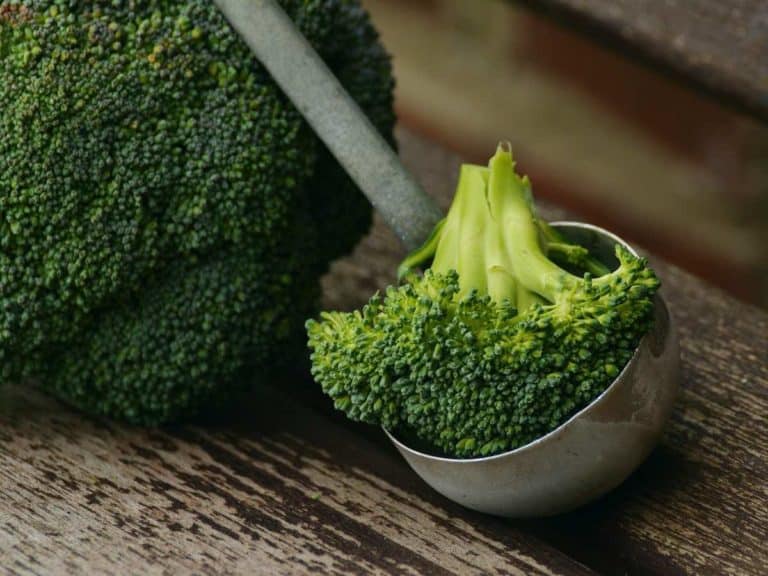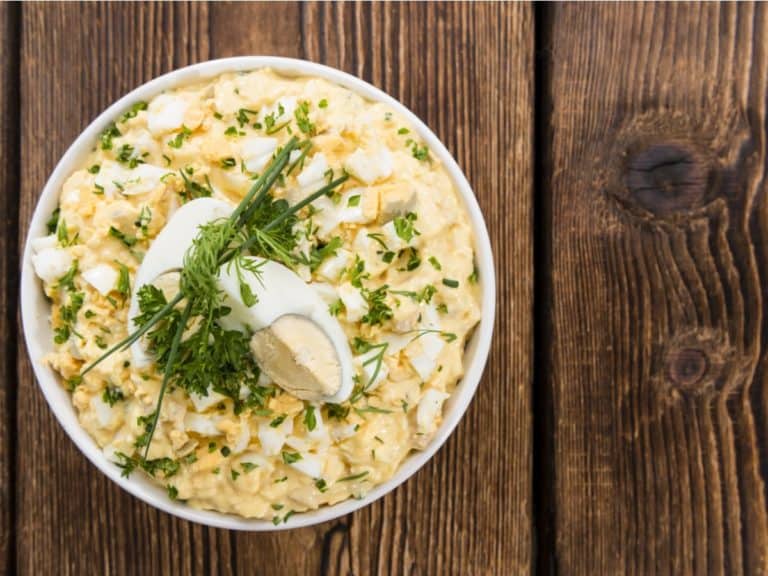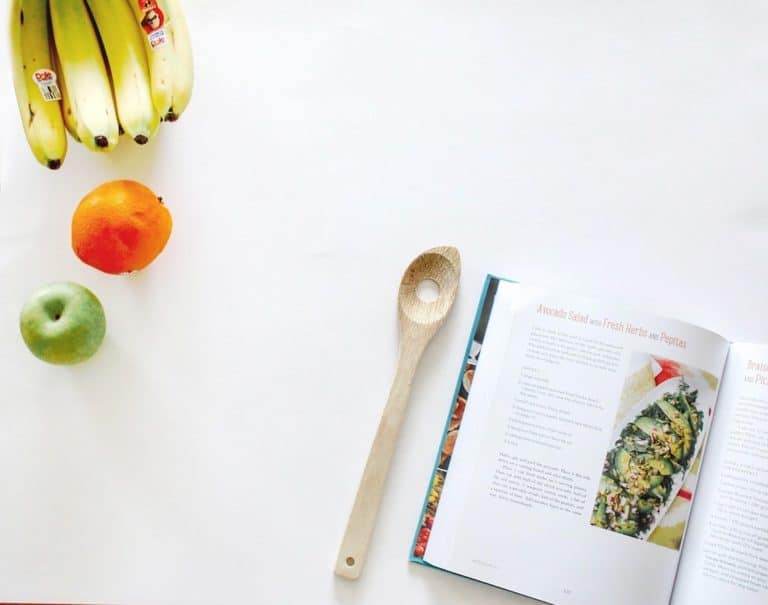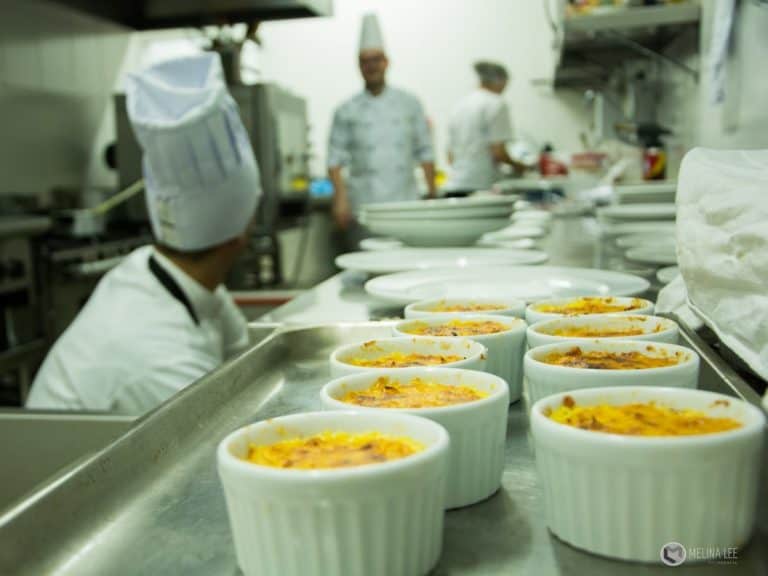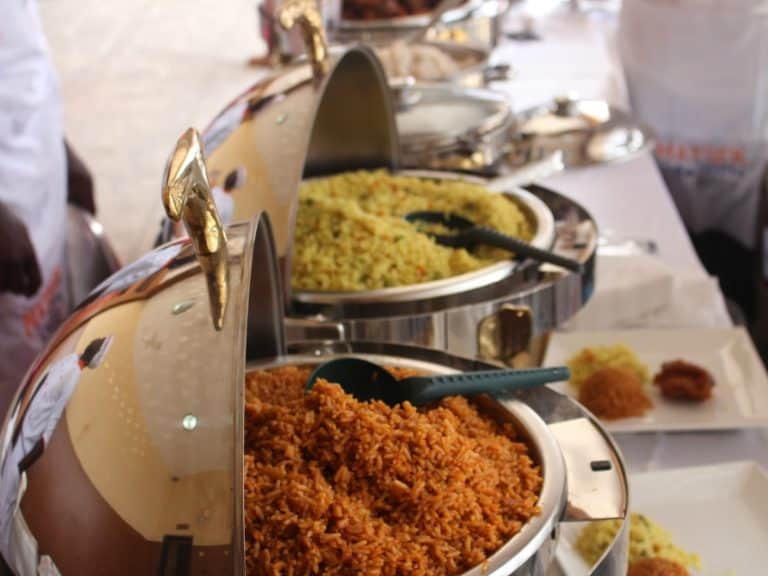Can You Wash Dishes With Bleach?
It’s no secret that bleach is very good at removing nasty stains and disease-causing microorganisms such as bacteria and viruses. And this is why you might be wondering if you could use bleach on a regular basis in order to keep your dishes sparkling clean and your loved ones in the pink of health.
Dishes can be soaked in a solution of bleach and water for about two minutes and rinsed afterward. The bleach-to-water ratio is two teaspoons of bleach for every gallon of water. When using bleach to clean and disinfect dishes, it should never ever be mixed with dish soap.
But before you reach for that bottle of bleach and start cleaning your dishes with it, continue reading.
While there’s no denying that bleach is the answer to those stubborn stains and invisible microbes on your dishes, it can do more harm than good if you use the household chemical incorrectly. And this is why, in this article, we will discuss just everything you need to know about using bleach in the kitchen safely and effectively.
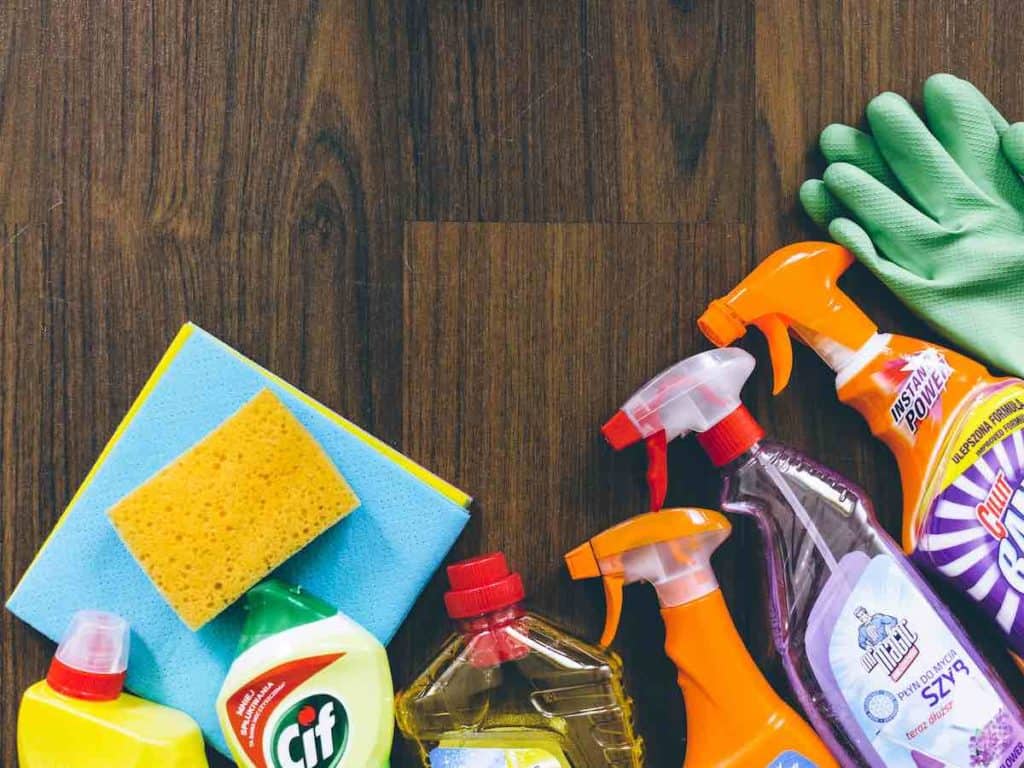
Why Should You Not Mix Bleach and Dish Soap?
Most dish soap contains ammonia. Mixing ammonia and bleach causes a chain reaction that creates a type of gas that can burn the eyes. The toxic fume can irritate the respiratory tract, too, when inhaled. More importantly, it can make its way into the bloodstream via the lungs and cause organ damage.
Nothing can make your culinary creations more enjoyable than serving them on squeaky clean dishes.
If you think that using dish soap and bleach at the same time is the best way to get rid of dish stains and germs, think again. You could end up rushing to the ER than hearing your family and friends rave about your cooking.
Chloramine gas — this is what’s produced when bleach and ammonia in dish soap come into contact with one another. Inhaling it is a complete no-no as it can irritate everything from your eyes, nose, throat, and lungs. Exposure to chloramine gas can cause tissue damage, which is why inhaling it can put your health in grave danger.
But it’s not just dish soap you should not mix bleach with. You should also avoid using bleach with various household products that contain ammonia. Some common examples are:
- Bathroom cleaners
- Drain cleaners
- Floor polishing waxes
- Furniture polishers
- Glass and mirror cleaners
- Multi-purpose surface cleaners
- Oven cleaners
- Stainless-steel cleaners
- Toilet bowl cleansers
- Window cleaners
Keep in mind that some household products with ammonia have ammonia-free variants. Needless to say, it’s a must that you carefully read the label before using any product, whether alone or with bleach.
Related Article: How to Wash and Dry Cheesecloth
How Do You Use Bleach to Clean Dishes?
Using bleach can be done before or after cleaning dishes with dish soap and water. Soaking dirty dishes in a mixture of water and bleach helps make it easier to remove stubborn grime and stains. On the other hand, soaking clean dishes in a mixture of water and bleach helps kill harmful microbes.
When it comes to using bleach to clean dishes, there are two very important things to remember:
- Never use bleach and dish soap at the same time.
- Never use pure bleach — always dilute it with water beforehand.
Dish soap is very good at removing bacteria, viruses, and other disease-causing microorganisms that the naked eye cannot see.
However, dish soap cannot kill them.
So, in other words, dish soap helps keep you and the ones you love to remain healthy by lifting germs off the surface of dishes, allowing them to be flushed down the drain with water.
It’s because of this why some homeowners feel that it’s a good idea to use bleach each time or once in a while to make sure that any microbe that dish soap wasn’t able to eliminate will be zapped.
Unlike dish soap, bleach does not only remove germs from your dishes but also kills them on contact.
But if used incorrectly, such as combining it with dish soap or other household products with ammonia, bleach can wreak havoc on the health instead of upholding it. This is the reason why you should dilute bleach with lots of water before cleaning dishes with it. Don’t worry — bleach is still powerful against microbes even when diluted.
Here are the steps on using bleach to keep your dishes stain- and germ-free:
- Clean dishes with dish soap.
- Rinse dishes very well with clean water.
- Soak dishes in a gallon of water with two teaspoons of bleach.
- Wait for two minutes.
- Allow dishes to drain or air-dry afterward — no need to rinse them!
Besides killing bacteria, viruses and others that can put one’s health in shambles, bleach can also get rid of unsightly stains, including stubborn ones that can easily ruin the appearance of your prized dishes!
That’s why if your dishes are terribly stained, you may choose to soak them in a mixture of water and bleach before cleaning them in the usual manner, with the use of dish soap and water. Not only will this remove stains but also soften grime, thus making it easier for you to clean your dishes with dish soap and water afterward.
By the way, it’s common knowledge that hot water is great for cutting oils and grease.
However, use room-temperature water when diluting bleach instead of hot water. That’s because high temperatures can deactivate the active ingredients of bleach, thus rendering it ineffective.
What are Bleach Alternatives for Cleaning Dishes?
Besides bleach, there are other things that can be used for removing stains and germs on dishes. Many of them are safer and already available in the average kitchen. Some great alternatives to bleach that are just as effective but a lot safer to use are vinegar, baking soda, salt and lemon juice.
For as long as you dilute bleach with plenty of water before cleaning dishes with it, there is no need to worry about your health and that of your loved ones.
Can’t help but prefer to steer clear of bleach for your utmost peace of mind?
Getting rid of those disease-causing microorganisms probably hanging out on the surface of your dishes can be done with the use of bleach alternatives, particularly those that are 100% all-natural. Going for any of the following can help make sure your dishes are spotless and free of germs:
- Vinegar – Allow dishes to soak in a mixture of equal parts of water and vinegar for 30 minutes.
- Baking soda – In warm soapy water, add one to two teaspoons of baking soda. A mixture of baking soda and vinegar is great for getting rid of tough grime.
- Salt – Gently scrubbing dishes with salt helps remove not only germs but stubborn stains, too.
- Lemon juice – What’s so great about lemon juice is that it’s great for cleaning and disinfecting dishes. In addition, it can eliminate nasty food odors, too.
Just Before You Wash Dishes With Bleach
Bleach is very good for removing anything that you can and cannot see on the surface of dishes. However, it’s not a good idea to combine it with anything that contains ammonia.
This is why you should use bleach for cleaning dishes alone, particularly after washing dishes with your favorite dish soap and rinsing them with water, too. Also, for disinfecting dishes, make sure that you dilute every two teaspoons of bleach with one gallon of room-temperature water beforehand.
If you don’t want to risk it, feel free to give a try any of the bleach alternatives mentioned above.
Related Questions
Can you use bleach to clean baby bottles?
The Centers for Disease Control and Prevention (CDC) says that it’s fine to clean baby bottles with bleach if other means are not accessible. Baby bottles should be soaked for about a couple of minutes in a gallon of water with two teaspoons of bleach in it — no need to rinse baby bottles afterward.
Can you use bleach to purify water before drinking it?
In emergency cases, bleach can be used for water purification purposes. The majority of health authorities and emergency experts suggest adding eight drops of bleach to a gallon of water. If the water is cloudy or murky, up to 16 drops of bleach may be added to it before consumption.
Read Also: Can You Wash Dishes With Bleach?
